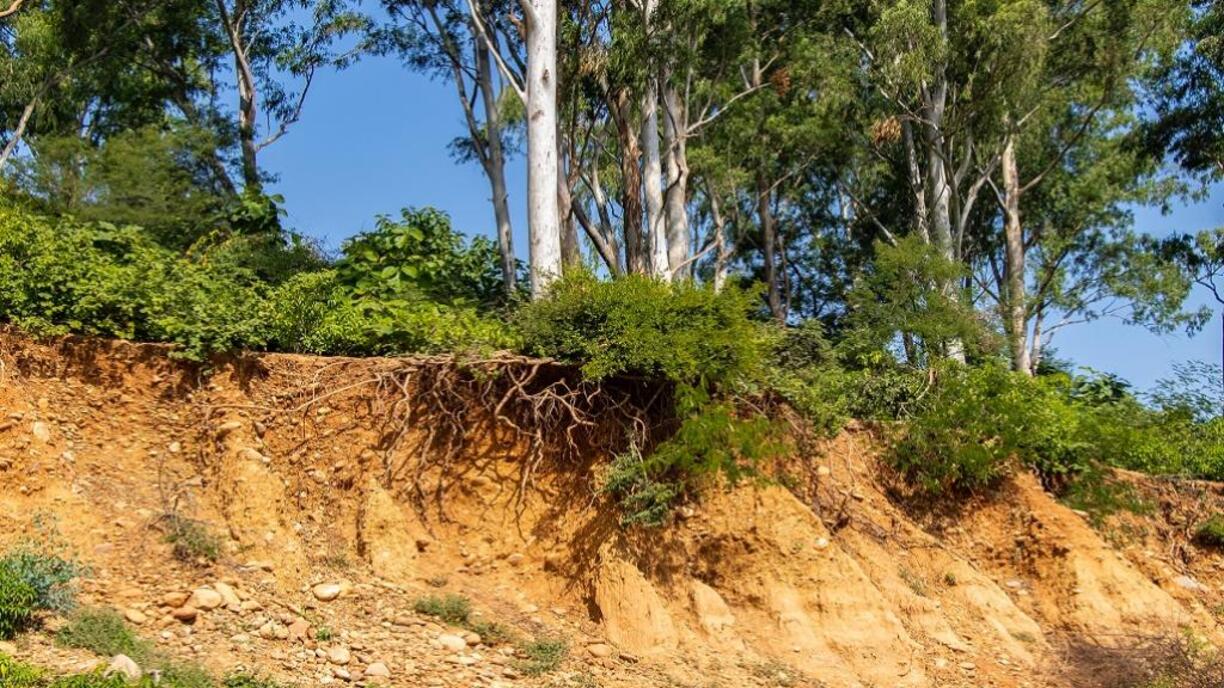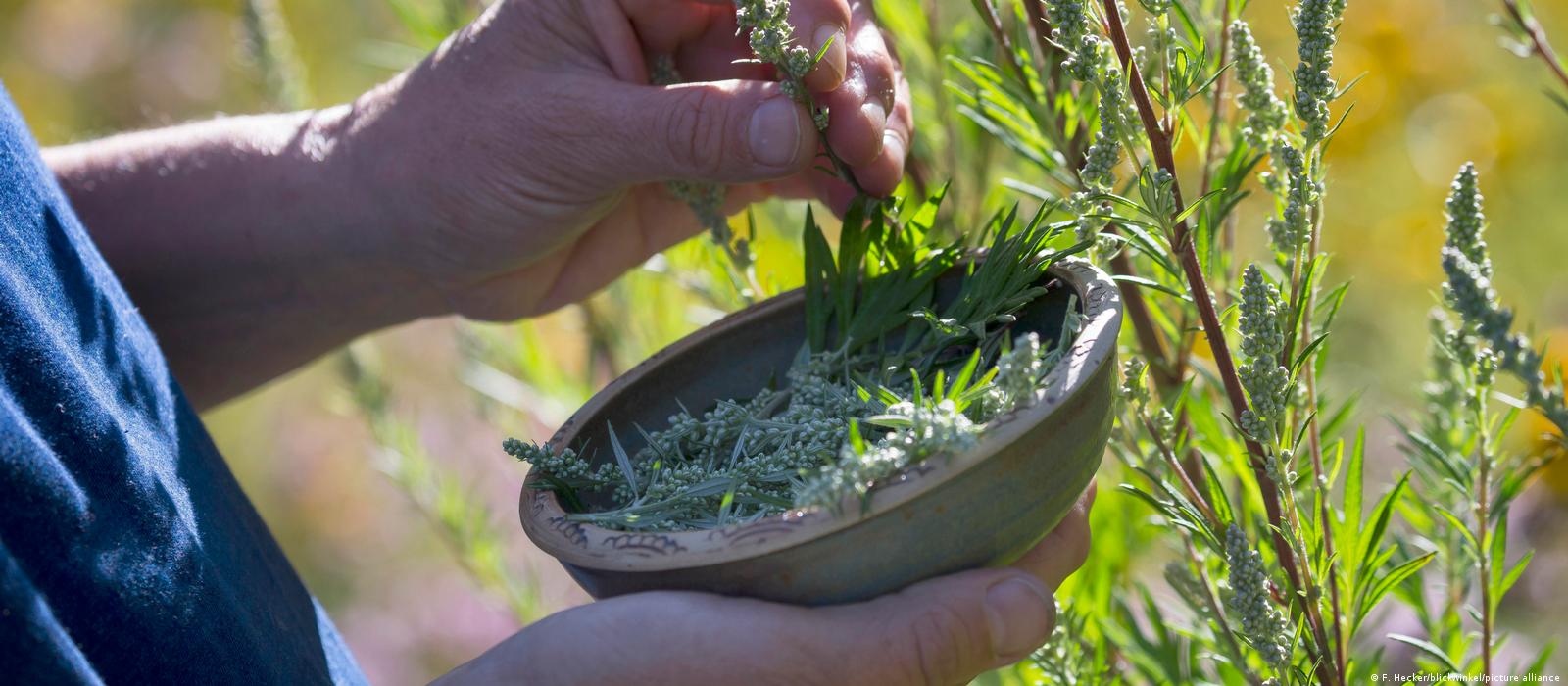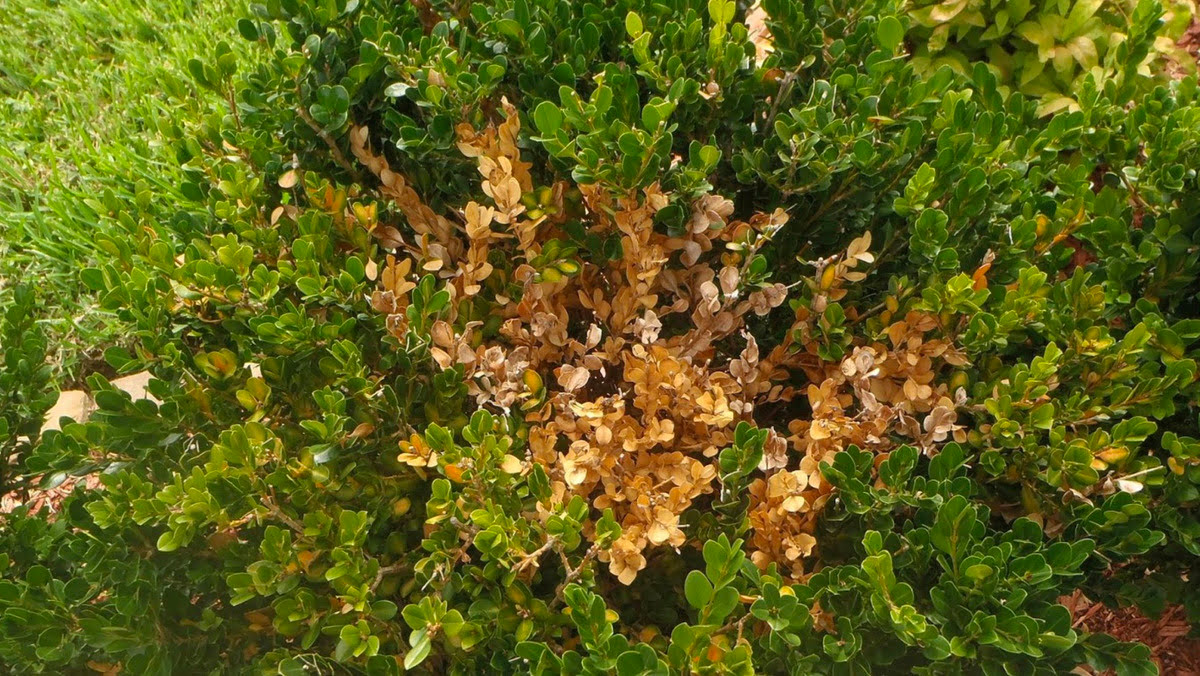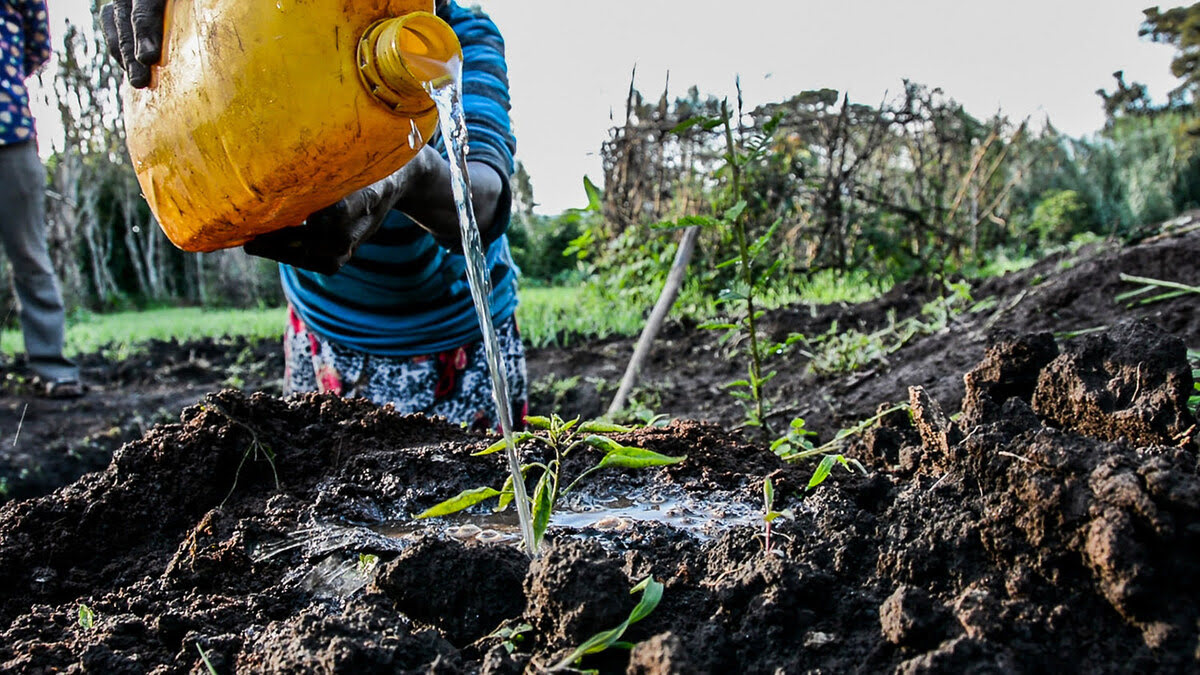Home>Gardening Basics>Understanding Soil>What Are The Causes Of Soil Compaction


Understanding Soil
What Are The Causes Of Soil Compaction
Published: February 13, 2024
Learn about the causes of soil compaction and its impact on plant growth. Gain a better understanding of soil health and how to prevent soil compaction to promote optimal plant growth.
(Many of the links in this article redirect to a specific reviewed product. Your purchase of these products through affiliate links helps to generate commission for Chicagolandgardening.com, at no extra cost. Learn more)
Table of Contents
Introduction
Welcome to the fascinating world of soil! As an essential component of our ecosystem, soil plays a crucial role in supporting plant growth and sustaining life on Earth. However, not all soils are created equal. One of the challenges that soils face is compaction, which can have detrimental effects on their health and productivity.
Soil compaction refers to the process by which the soil particles are densely packed together, reducing pore spaces and affecting its physical properties. This compression can occur naturally or as a result of human activities, and it has far-reaching consequences on soil fertility, water movement, and overall soil health.
In this article, we will delve into the causes of soil compaction, both natural and anthropogenic, and explore the effects it has on the environment. We will also discuss the methods used to assess soil compaction and explore preventive measures and remedial strategies to mitigate its impact.
Understanding the causes and effects of soil compaction is crucial for farmers, gardeners, environmentalists, and anyone interested in soil health and conservation. By gaining insights into this phenomenon, we can make informed decisions and take proactive steps to preserve and improve our soils.
So let’s embark on this educational journey together and explore the intricate world of soil compaction!
Definition of Soil Compaction
Soil compaction is a process that involves the compression of soil particles, reducing the air-filled pores and increasing soil density. This compression leads to a decrease in soil porosity, which in turn affects the soil’s ability to hold water, exchange gases, and support plant root growth.
Soil compaction can occur at various depths within the soil profile, depending on the factors contributing to the compaction. It can happen near the surface, known as surface compaction, or deeper within the soil, referred to as deep compaction.
Surface compaction typically occurs due to the passing of heavy machinery, vehicles, or livestock over the soil surface, causing the uppermost layer to become compacted. Deep compaction, on the other hand, can be a result of activities such as deep tillage or excavation.
It is important to note that the extent of soil compaction can vary based on the type of soil. Some soils are naturally more susceptible to compaction, while others may have better inherent resistance to compression.
The degree of soil compaction is commonly measured using bulk density, which is the mass of soil per unit volume. A higher bulk density indicates greater compaction and a reduced ability of the soil to perform essential functions such as water infiltration, root penetration, and nutrient cycling.
Soil compaction is a dynamic process that can occur gradually over time or abruptly due to specific events or activities. It can have severe consequences for soil fertility, crop and plant growth, water management, and overall ecosystem health.
Now that we have a clear understanding of what soil compaction entails, let’s explore the underlying causes of this phenomenon.
Importance of Soil Compaction
Soil compaction is an important aspect of soil health and management, influencing various aspects of the environment and agricultural practices. Understanding its importance can help us appreciate the need to address and mitigate soil compaction.
One of the key reasons why soil compaction is significant is its impact on soil fertility. Compacted soils have reduced pore spaces, limiting the movement of air, water, and nutrients within the soil profile. This restricts access to essential resources for plant roots, impairing their growth and nutrient uptake. As a result, crop yields may decline, and the overall productivity of agricultural lands can be compromised.
Moreover, soil compaction affects the soil’s ability to manage water efficiently. Compacted soils have reduced porosity and permeability, leading to poor water infiltration and increased surface runoff. This can result in waterlogging, erosion, and decreased water availability for plants and downstream ecosystems. Proper soil compaction management is crucial for the sustainable management of water resources and prevention of flood-related risks.
Soil compaction also influences the physical structure of the soil. Compacted soils tend to have poor aggregate stability, resulting in a crumbly or hardpan texture. This can impede root penetration, making it difficult for plants to establish a deep and healthy root system. As a consequence, plants may become more susceptible to drought stress and nutrient deficiencies.
In addition to its effects on plants, soil compaction impacts soil microbial communities and activity. Compacted soils often have reduced oxygen availability, limiting the activity of aerobic organisms. This can disrupt nutrient cycling, organic matter decomposition, and other vital ecosystem processes occurring within the soil. Maintaining optimal soil compaction levels promotes a healthy balance of soil microorganisms and enhances soil fertility and nutrient availability.
Furthermore, managing soil compaction is crucial for reducing soil erosion. Compacted soils are more susceptible to erosion as their reduced porosity hinders water infiltration and increases surface runoff. This leads to the loss of topsoil, nutrients, and organic matter, degrading soil quality and potentially causing downstream pollution.
In summary, soil compaction plays a significant role in determining soil fertility, water management, plant growth, and overall ecosystem health. Implementing proper soil compaction management practices can help ensure optimal soil conditions, enhance agricultural productivity, and mitigate environmental impacts.
Natural Causes of Soil Compaction
While human activities are often the primary cause of soil compaction, certain natural processes can also contribute to the compression of soil particles. Understanding these natural causes can help us better comprehend the complexities of soil compaction.
One of the natural causes of soil compaction is weathering. Over time, exposure to weathering forces such as rain, wind, freeze-thaw cycles, and temperature fluctuations can result in the breakdown of soil aggregates and the displacement of soil particles. This process can lead to soil compaction, particularly in regions with high annual rainfall or areas prone to freeze-thaw cycles.
Another natural cause of soil compaction is the activities of burrowing animals and root growth. Animals like earthworms, ants, and moles create tunnels and burrows within the soil, often compacting the surrounding soil in the process. Similarly, the growth of plant roots can exert pressure on the soil, causing compaction in localized areas.
Plant residues and litter accumulation can also contribute to soil compaction. Organic materials, such as fallen leaves, stems, and branches, can gradually accumulate on the soil surface. Over time, these materials can become compacted, especially in areas with high vegetation density or areas where organic matter accumulates at a faster rate.
Moreover, natural factors such as soil texture and parent material composition can influence soil compaction. Fine-textured soils, such as clay, have smaller particle sizes and tend to be more prone to compaction than coarser-textured soils like sandy soils. Similarly, parent material composition, which refers to the mineral composition and structure of the parent rock, can influence soil compaction tendencies. Some parent materials may have inherent qualities that make the soil more susceptible to compaction.
It is important to note that natural causes of soil compaction often work in conjunction with human activities, exacerbating the problem. For example, areas that are naturally prone to compaction due to weathering may experience increased compaction when heavy machinery is used.
Overall, natural causes of soil compaction are an inherent part of the soil formation process. While they may not be as prominent as anthropogenic causes, it is crucial to consider and understand these natural factors when developing strategies to prevent and mitigate soil compaction.
Anthropogenic Causes of Soil Compaction
While natural causes of soil compaction exist, human activities have a significant impact on the intensity and extent of soil compaction. Anthropogenic or human-induced causes contribute greatly to soil compaction worldwide. Understanding these causes is essential for implementing effective soil management practices and minimizing compaction.
One of the primary anthropogenic causes of soil compaction is agricultural practices. Farming activities, such as plowing, tilling, and the use of heavy machinery, can result in surface and subsoil compaction. The repeated use of machinery, especially when the soil is wet, can lead to compaction in the topsoil layers, limiting root growth and reducing water infiltration capacity.
Construction and urban development also play a major role in soil compaction. The movement of heavy construction equipment and vehicles, as well as the deposition of construction materials and compaction efforts during building, can result in significant soil compaction. Urbanization alters the natural landscape, replacing porous and organic-rich soils with impermeable surfaces, further promoting compaction and limiting soil functions.
Forestry practices can also contribute to soil compaction. Mechanized logging operations, particularly in wet conditions, can cause compaction in forest soils. Logging equipment and the transportation of timber can lead to compaction in the forest floor, affecting root penetration and nutrient cycling.
Recreational activities, such as off-road vehicle use, hiking, and camping, can also contribute to soil compaction. The repeated movement of vehicles and foot traffic in sensitive areas can compact the soil, making it difficult for vegetation to establish and disrupting soil ecosystems.
Improper land management practices, including overgrazing and improper irrigation, can amplify soil compaction issues. Overgrazing by livestock can lead to soil compaction in grazing areas, affecting the structure and health of the soil. Improper irrigation practices, such as excessive water application and inadequate drainage, can promote compaction and waterlogging issues, particularly in clay soils.
It is important to note that the severity of soil compaction caused by human activities can vary depending on factors such as soil type, land management practices, and climatic conditions. Some soils may be more prone to compaction than others, and certain management practices can exacerbate compaction issues.
Addressing and mitigating anthropogenic causes of soil compaction require implementing sustainable land-use practices, reducing reliance on heavy machinery when possible, promoting soil conservation techniques, and adopting precision agriculture methods. By taking proactive measures, we can minimize soil compaction, preserve soil health, and ensure long-term sustainability.
Effects of Soil Compaction
Soil compaction can have a range of detrimental effects on both natural ecosystems and agricultural systems. Understanding these effects is crucial to recognizing the importance of mitigating soil compaction and implementing appropriate management practices.
One of the primary effects of soil compaction is reduced soil porosity and increased bulk density. Compacted soil has fewer pore spaces, limiting the movement of air, water, and nutrients. This hinders root penetration and restricts access to essential resources for plant growth, resulting in stunted root development and reduced nutrient uptake. As a consequence, crop yields can be significantly reduced, affecting agricultural productivity.
Compacted soils also have reduced water infiltration rates, leading to increased surface runoff and decreased water holding capacity. The limited infiltration capacity can result in waterlogging, especially in areas with high rainfall or excessive irrigation. Waterlogging negatively affects plant roots by restricting oxygen availability and can lead to poor plant growth and even root rot. Additionally, the increased surface runoff can lead to soil erosion, further degrading soil quality and contributing to water pollution.
Another significant effect of soil compaction is the alteration of soil structure. Compacted soils often have poor aggregate stability, causing a loss of soil structure and decreased pore continuity. This affects the soil’s ability to hold water and support microbial activity, disrupting nutrient cycling and organic matter breakdown. The degradation of soil structure also leads to increased surface crusting, hampering seedling emergence and reducing crop establishment.
Soil compaction can also impact soil temperature. The increased soil density and reduced airflow restrict heat exchange, resulting in elevated soil temperatures. High temperatures can negatively affect root growth, microbial activity, and nutrient availability, potentially leading to heat stress in plants.
Furthermore, soil compaction affects the habitat and activity of soil organisms, including earthworms, microorganisms, and beneficial insects. Compacted soils have reduced pore spaces that limit the movement of these organisms and impede their access to organic matter and nutrients. This disruption to the soil food web can have cascading effects on nutrient cycling, organic matter decomposition, and overall soil health.
Lastly, soil compaction can impact the overall sustainability and resilience of ecosystems. Compacted soils have reduced water infiltration capacity and limited nutrient availability, making them more vulnerable to drought stress and nutrient deficiencies. This can affect the diversity and composition of plant communities, resulting in the loss of native species and disruption of ecological balance.
In summary, soil compaction has wide-ranging effects on soil health, agricultural productivity, water management, soil structure, biodiversity, and ecosystem functioning. Recognizing these effects underscores the importance of mitigating soil compaction through proper soil management practices and maintaining soil health for long-term sustainability.
Methods of Assessing Soil Compaction
Assessing soil compaction is crucial for understanding the extent of the problem and developing appropriate management strategies. Several methods and techniques are available to assess soil compaction and its impact on soil health and productivity.
One common method is field observation and visual assessment. By observing the soil’s surface characteristics, such as soil cracking, surface hardness, and the presence of compacted layers or plow pans, one can get an initial indication of soil compaction. Additionally, assessing plant root development, depth, and distribution can provide insights into soil compaction issues.
Penetration resistance measurements can also be used to assess soil compaction. This involves using a penetrometer or a soil compaction meter to measure the resistance encountered when inserting a probe into the soil. Higher resistance indicates greater soil compaction, as it becomes more difficult for the probe to penetrate the soil.
Bulk density measurements are commonly used to assess soil compaction. Bulk density refers to the mass of soil per unit volume and provides an indication of soil pore space. Higher bulk density values indicate greater soil compaction. Bulk density can be measured by collecting soil samples and determining their dry weight and volume.
Soil moisture measurements can also provide insights into soil compaction. Compacted soils often have poor drainage, leading to increased soil moisture levels. Various techniques, such as using soil moisture sensors or determining soil moisture content through laboratory analysis, can be employed to assess soil moisture levels.
Another method is the use of compaction models and simulation software. These tools consider factors such as soil type, moisture content, and loading conditions to predict and assess the potential for soil compaction. By inputting specific site parameters, these models can provide valuable information about soil compaction risks and potential mitigation measures.
Root imaging technologies, such as ground-penetrating radar and X-ray computed tomography (CT), are emerging techniques that allow for non-destructive assessment of root growth and distribution in the soil. These technologies provide valuable insights into the impacts of soil compaction on root development.
It is important to note that combining multiple assessment methods can provide a more comprehensive understanding of soil compaction. Integrated approaches that incorporate field observations, laboratory analysis, and advanced technologies can yield more accurate assessments of soil compaction levels and its impacts.
Regular monitoring and assessment of soil compaction are crucial to detect changes over time and track the effectiveness of soil management practices. By utilizing a combination of these assessment methods, farmers, land managers, and researchers can make informed decisions and develop targeted strategies to mitigate soil compaction and maintain healthy and productive soils.
Prevention and Remediation of Soil Compaction
Preventing and remediating soil compaction is essential for maintaining soil health and productivity. By implementing appropriate practices, we can minimize compaction and its impacts on soil structure, water movement, and plant growth. Here are some strategies for preventing and remediating soil compaction:
1. Reduce compaction risk: Avoid working on wet soils, as they are more susceptible to compaction. It is crucial to schedule field operations when soil moisture conditions are optimal for minimal compaction. Additionally, minimize traffic on sensitive areas, such as permanent pathways and access roads, to prevent compaction in critical locations.
2. Adopt appropriate tillage practices: Implement reduced tillage or no-till practices whenever possible. These practices minimize soil disturbance and protect soil structure, reducing the risk of compaction. Reduced tillage also promotes the development and maintenance of organic matter and soil aggregates, which contribute to improved soil structure and porosity.
3. Use appropriate machinery and equipment: Match machinery and equipment to the soil conditions and the task at hand. Using lighter machinery with wider tires or tracks distributes the weight more evenly, reducing the risk of compaction. It is also important to ensure proper tire inflation and reduce tire pressure to minimize soil compaction during field operations.
4. Implement controlled traffic systems: Controlled traffic systems involve confining all traffic to specific permanent lanes in the field. By limiting the area of soil surface subjected to machinery traffic, compaction can be minimized. The concentrated traffic on permanent lanes helps maintain optimal soil conditions for plant growth in the inter-row areas.
5. Promote soil organic matter: Increasing organic matter content in the soil helps improve soil structure and stability, thus reducing the risk of compaction. Integrate organic matter inputs into the soil, such as compost or cover crops, to enhance soil organic matter levels and promote the formation of stable soil aggregates.
6. Improve soil drainage: Good soil drainage is crucial for preventing compaction caused by waterlogging. Implement drainage systems, such as drain tiles or subsoil drainage, to improve water movement and reduce the risk of excessive soil moisture. Properly designed and maintained drainage systems facilitate water infiltration, preventing compaction-related issues.
7. Implement rotational grazing: If livestock grazing is practiced, manage grazing intensity and rotation to minimize soil compaction. Avoid overgrazing in wet conditions that can compact the soil surface. Rotational grazing allows for rest and recovery periods for the soil, promoting healthy soil structure and minimizing compaction risks.
8. Remediation practices: In cases where compaction has already occurred, remedial strategies can help alleviate the problem. Practices like deep tilling or subsoiling can break up compacted layers and improve soil structure. However, caution should be exercised to ensure that these practices do not cause additional harm to the soil.
By implementing these preventive and remedial strategies, we can mitigate the risks of soil compaction, promote healthy soil structure, preserve water movement and nutrient cycling, and maintain the long-term productivity and sustainability of our soils.
Conclusion
Soil compaction is a significant challenge that affects soil health, agricultural productivity, and ecosystem sustainability. It can occur naturally through weathering processes, burrowing animals, and plant growth, but human activities have a substantial impact on the intensity and extent of soil compaction.
Understanding the causes, effects, and assessment methods of soil compaction is essential for implementing effective preventive and remedial measures. Agricultural practices, construction activities, forestry operations, and recreational use can all contribute to soil compaction, altering soil structure, impeding water movement, and inhibiting root growth.
Soil compaction has a range of detrimental effects, including reduced soil porosity, water infiltration issues, altered soil structure, limited nutrient availability, and disruptions to soil ecosystems. These impacts can lead to decreased agricultural productivity, increased erosion, and compromised ecosystem functioning.
Assessing soil compaction through field observations, penetration resistance measurements, bulk density analysis, and advanced technologies helps identify the extent and severity of the problem. By integrating assessment methods, we can gain a comprehensive understanding of soil compaction levels and develop targeted management strategies.
Preventing soil compaction involves minimizing compaction risks by avoiding working on wet soils, adopting appropriate tillage practices, using suitable machinery, promoting organic matter, and employing controlled traffic systems. Implementing these preventive measures helps maintain optimal soil conditions and health.
In cases where soil compaction has already occurred, remediation practices such as deep tilling or subsoiling can be employed to alleviate the problem. However, care should be taken to avoid further damage to the soil and consider the suitability of such practices in specific situations.
By prioritizing soil health and implementing proper soil management practices, we can prevent and remediate soil compaction, ensure the long-term productivity and sustainability of our soils, and mitigate the negative impacts on crop production, water management, and environmental health.
Let us strive to protect and nurture our soils, recognizing their vital role in supporting life on Earth and maintaining a healthy and thriving ecosystem.







